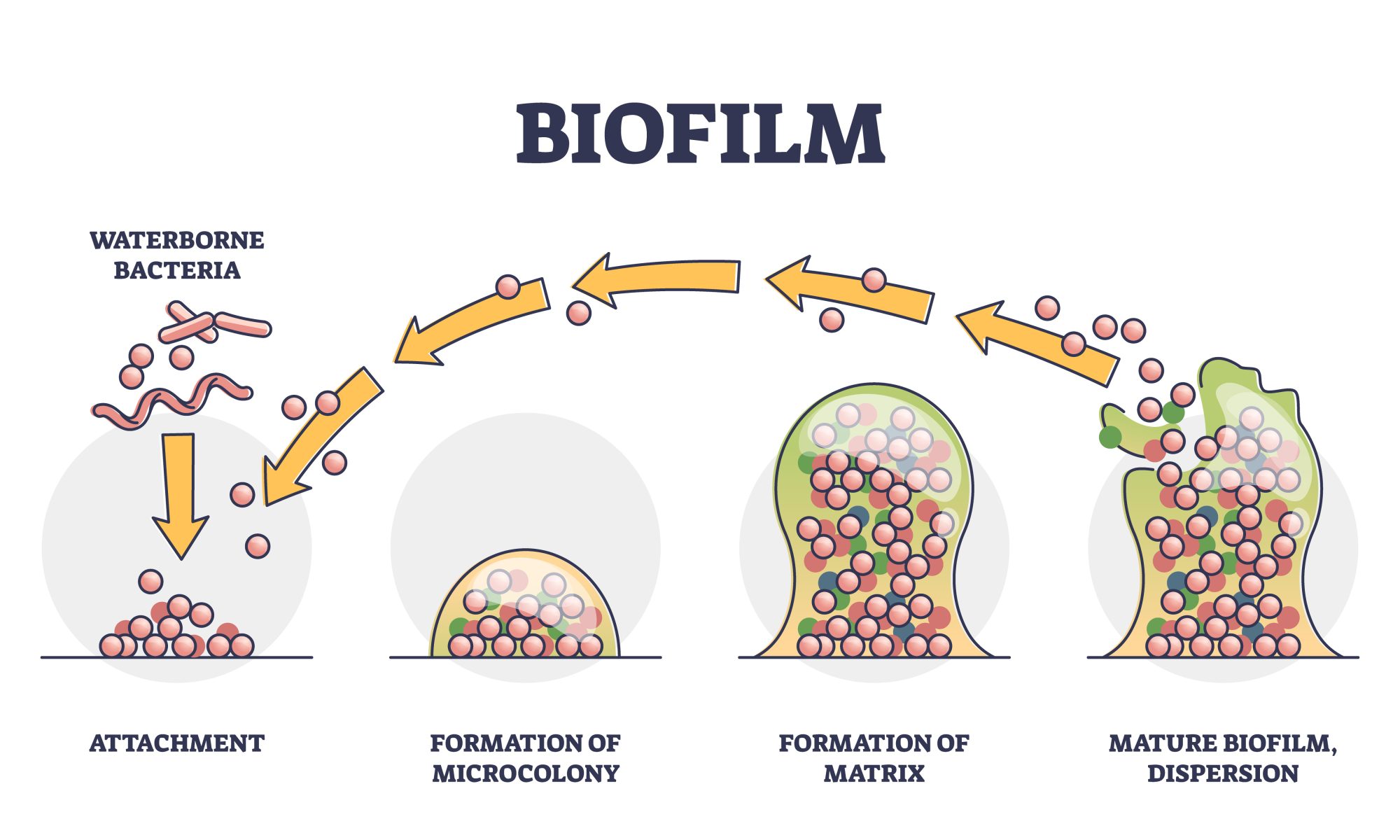Look closely at a five-millimetre plastic fragment and you will find a bustling “plastisphere” of microbes, viruses, algae, and fungi. For bacteria this tiny raft is prime real estate: durable, nutrient-rich, and sheltered from predators. Biofilms form quickly, creating slime layers that protect cells from disinfectants and antibiotics while accelerating the exchange of genetic material, including resistance genes.
TULIP’s molecular toolbox—shotgun metagenomics, long-read plasmid sequencing, and single-cell genomics—will catalogue this “plastic resistome” in Italian and Philippine waters. Researchers feed DNA results straight into hydrodynamic models, predicting where dangerous biofilms are likely to appear next and how they might shift under warmer conditions or heavier rainfall.
The project will also test practical ways to disrupt plastisphere formation before it spreads. Nature-based solutions such as constructed wetlands or low-energy aeration systems can strip plastics and bacteria from runoff, turning an invisible threat into a measurable target and revealing intervention points that traditional AMR or plastic-pollution studies would miss.

